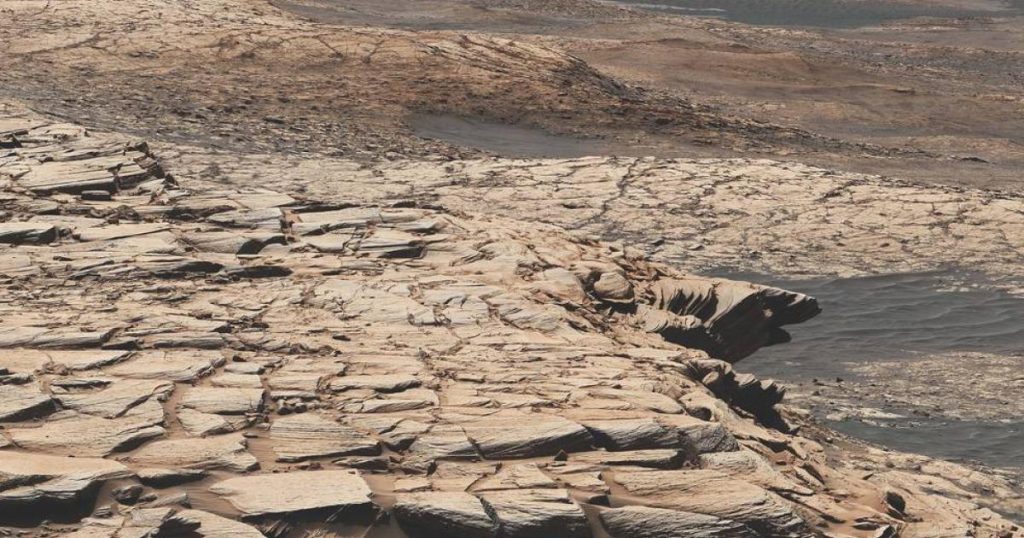NASA’s Curiosity rover has taken soil samples on Mars that may indicate life forms.
NASA’s rover has been around for nearly nine and a half years curiousity It landed on the Red Planet, where it has since discovered an area of Gale Crater where ancient rock layers have been revealed.
In buried sediment samples a carbon isotope found, taken from half a dozen exposed sites. As for the origin of carbon, it gives researchers 3 reasonable explanations: cosmic dust, ultraviolet breakdown of carbon dioxide, or ultraviolet breakdown of biologically produced methane, which would indicate the presence of life on Mars. As the researchers note in the Proceeding of the National Academy of Sciences, all of these scenarios are unconventional and different from common processes on Earth.
There is no evidence of biological origin
Further analysis is needed to determine its true origin. like from broadcast from the research team Christopher House From Penn State University, spectroscopy indicated a wide Carbon 12 and Carbon 13-Involved. Part of it was exceptionally poor in carbon 13 while other samples were enriched with carbon.
On Earth, a severely carbon-13 depleted Paleoceral surface footprint indicates that microbes historically consumed microbe-produced methane. Ancient Mars may have had large plumes of methane gas emanating from underground. This produced methane was then either consumed by microbes on the surface or reacted with ultraviolet light and deposited directly on the surface.
“The carbon-13 depleted samples are somewhat similar to those from Australia, which come from 2.7 billion-year-old sediments,” House said. “These samples were from biological activity where methane was consumed by ancient microbial layers, but we can do it not nessacary Say on Mars because it is a planet that may have formed from different materials and processes than Earth.” Thus, the evidence is not evidence of life on the Red Planet.
cosmic dust
According to House, the solar system passes through every few 100 million years Galactic molecular cloud. “It doesn’t collect a lot of dust,” House says. “It’s hard to see such depositional events in the Earth’s record.”
In order to form a sampling layer for Curiosity, the galaxy’s dust cloud first has to lower the temperature on Mars which still has water and produces glaciers. The dust could have settled ice deposit It will remain in place after the ice melts, leaving a layer of dirt containing carbon.
So far there is only A few hints On the former glaciers of Gale Crater on Mars. According to the researchers, this explanation is reasonable but requires further investigation.
Converted carbon dioxide
Another possible explanation for low levels of carbon-13 is the ultraviolet conversion of carbon dioxide into organic compounds such as formaldehyde. “There is work that predicts that UV It can cause this kind of fragmentation,” House said. However, more experiments are needed to hypothesize or rule out this process.
All three possibilities point to one unusual carbon cycle That doesn’t exist on Earth today,” House said. But we need more data to know which one is the correct interpretation. It would be great if the rover could detect a large methane plume and measure carbon isotopes from it.” Although methane plumes do exist, most of them are small, and no rover has been able to collect a sample large enough to measure isotopes.

“Total coffee aficionado. Travel buff. Music ninja. Bacon nerd. Beeraholic.”







More Stories
Researchers detect extremely high-energy gamma rays
Anxiety disorders in old age increase the risk of dementia
Researchers are particularly fascinated by these exoplanets.